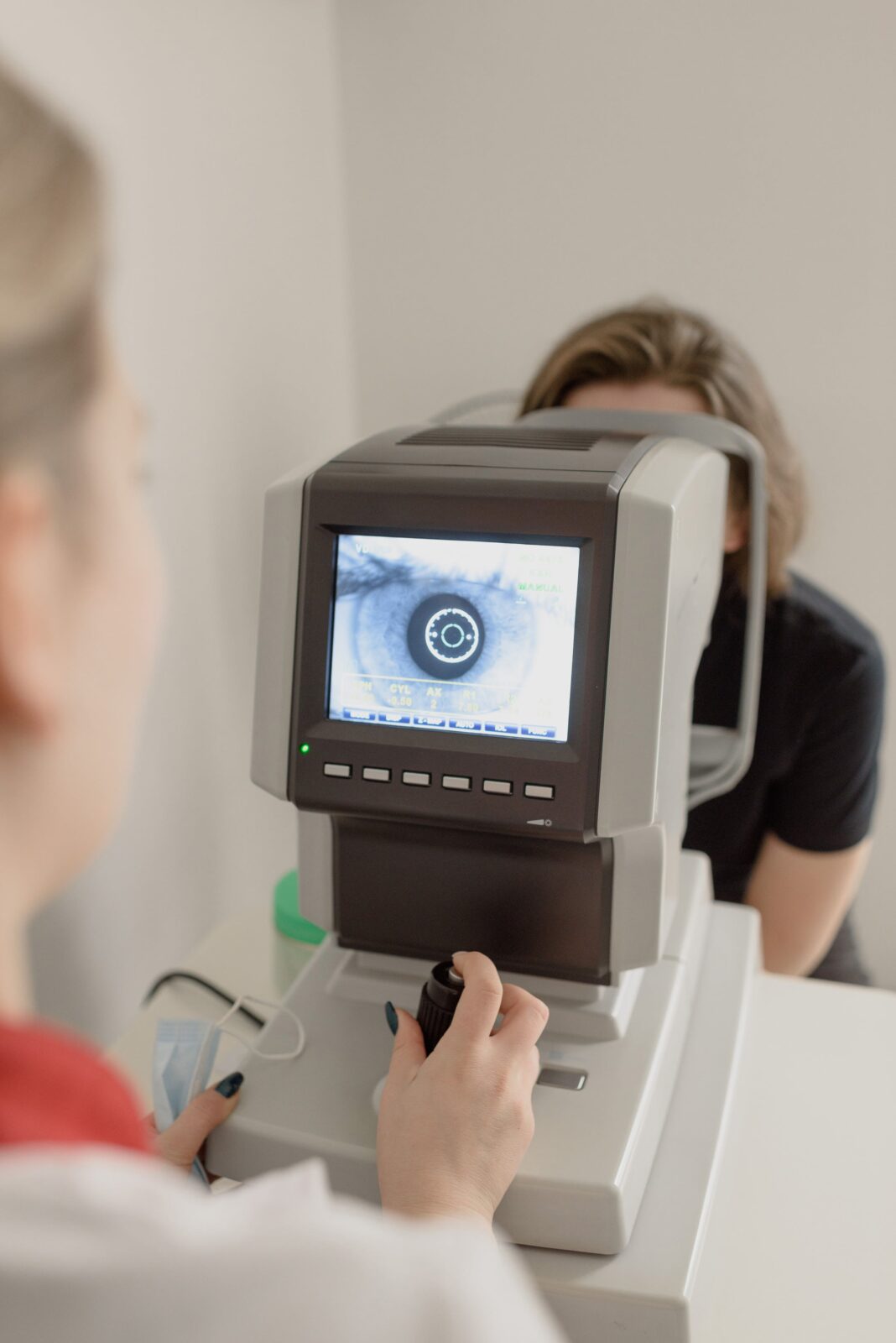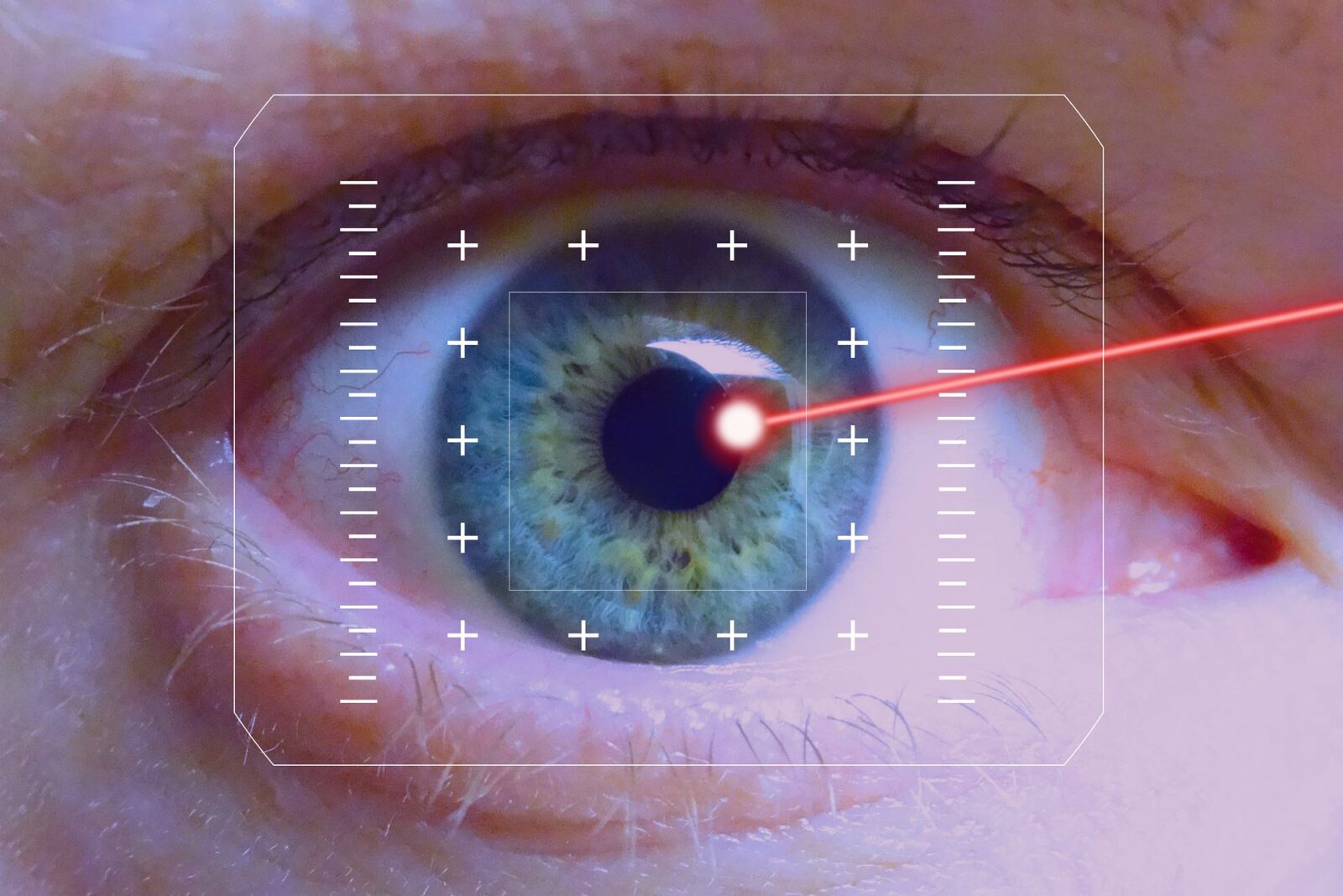Vision problems have long been a fact of life for humans, and for centuries glasses (and later, contact lenses) were the only solution available to most people. The first glasses were developed in the 13th century, the first contacts were created in 1888, and it wasn’t until the 1970s that procedures like LASIK eye surgery began to take shape. LASIK technology is always advancing, and the history of laser eye surgery goes a long way toward explaining why people with vision problems have so many potential treatment options today.
Laser Eye Surgery Research in the 1970s
The story of LASIK begins long before the first procedure was performed, in the research halls of major universities and businesses. Throughout the late 1970s, a procedure called Radial Keratotomy (RK), which shares similarities with LASIK, was performed in the United States. A major breakthrough came in 1980, when IBM researcher Rangaswamy Srinivasan discovered that the excimer laser – initially developed for computer chip production – was able to remove living tissue without causing thermal damage. Surgeon Steven Trokel of Columbia University published a key study in 1985 detailing the effectiveness of the excimer laser for RK surgery, which helped pave the way for LASIK eye surgery.

The First Laser Vision Correction Procedure (1988)
The first laser vision correction procedure took place in 1988, when a 60-year old woman with a serious vision problem allowed surgeon Marguerite McDonald to perform the first photorefractive keratectomy (PRK) procedure on her damaged eye. PRK surgery was approved by Canada in 1991, approved by the US in 1995, and remains in use to this day.
The Development of LASIK Eye Surgery
While the results of the first PRK surgery helped allow the procedure to reach the wider market, European eye doctors Ioannis Pallikaris and Lucio Burrato were busy working on ways to optimize laser eye surgery. They made the discovery that creating a “flap” in the cornea, rather than treating the surface, helped to minimize post-surgery discomfort and speed up the healing process. The flap allows surgeons to address vision problems at the source, and works as a natural bandage to help with the healing process. This was the beginning of LASIK eye surgery as we know it today, and LASIK was approved for use in the United States in 1999.
Refining LASIK and Creating New Procedures
In the present day, LASIK eye surgery is still on a path of innovation, as scientists and eye doctors continue to develop new technology. Patients can now choose unique options like Bladeless LASIK, which relies on a laser to create the flap, rather than a blade. The excimer laser remains a key part of laser eye surgery, and continues to be optimized over time.
Advances in the technology used to map the eye before surgery have also been a big part of the LASIK story, with procedures like Custom LASIK and Topography-Guided LASIK providing more precise data than ever to help plan your procedure. The detailed data helps surgeons customize your procedure to deliver the best results for your unique vision care needs. LASIK patients truly now have more options than ever before.
If the history of laser eye surgery tells us anything, it’s to expect LASIK technology to continue evolving. Procedures like Bladeless “all-laser” LASIK , Topography-Guided LASIK, and Custom LASIK each offer unique benefits, but none of it would have been possible without the many people who contributed to the development of laser eye surgery.
If you are considering LASIK eye surgery for your vision correction, start with a Free Consultation at a local TLC Laser Eye Center near you. It’s a great opportunity to meet with our caring staff and get all your questions answered.









